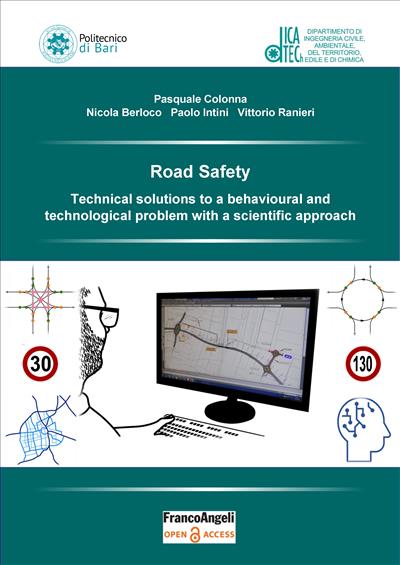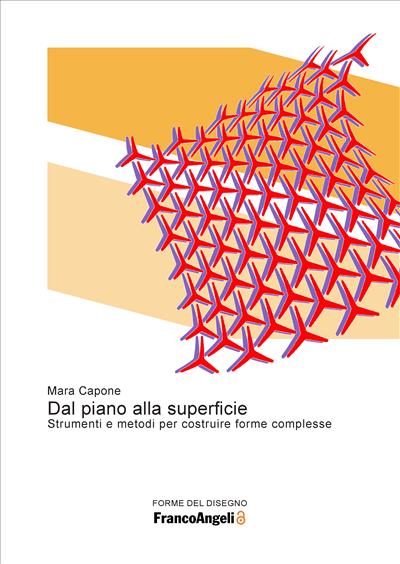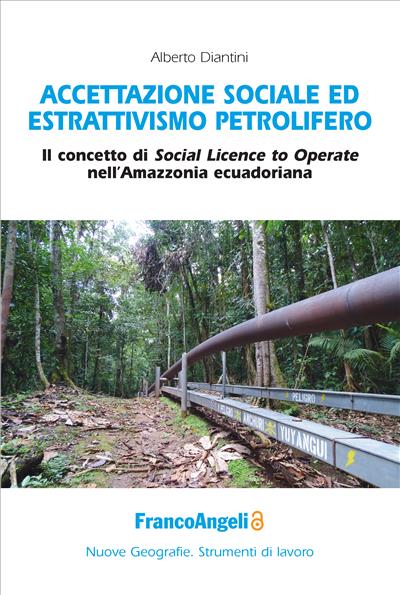
Pasquale Colonna, Nicola Berloco, Paolo Intini, Vittorio Ranieri
Road Safety
Technical solutions to a behavioural and technological problem with a scientific approach
All governments of countries provided with a significant road network are orienting their investments towards the enhancement of existing infrastructures, particularly considering road safety. This book is aimed to provide both the scientific background and an operational framework for safety enhancement of existing roads, applicable regardless of the specific country. This book was strongly aimed to be an open access edition, in order to disseminate as much as possible the cutting-edge methods in road safety engineering.
Open Access
0.00
Open Access
0.00
Pages: 150
ISBN: 9788835111863
Edizione:1a edizione 2020
Publisher code: 12000.12




